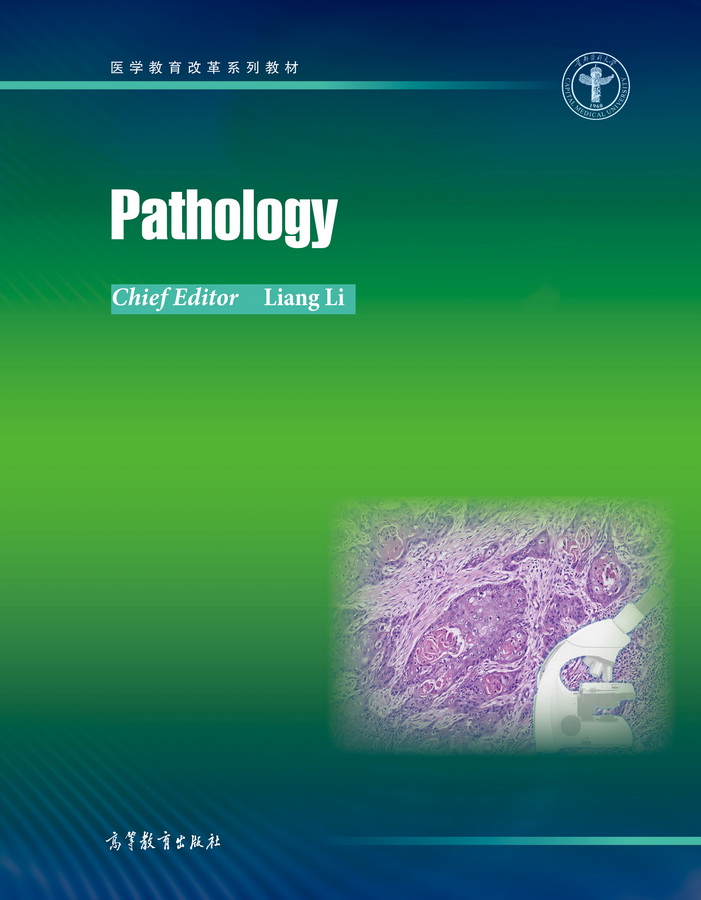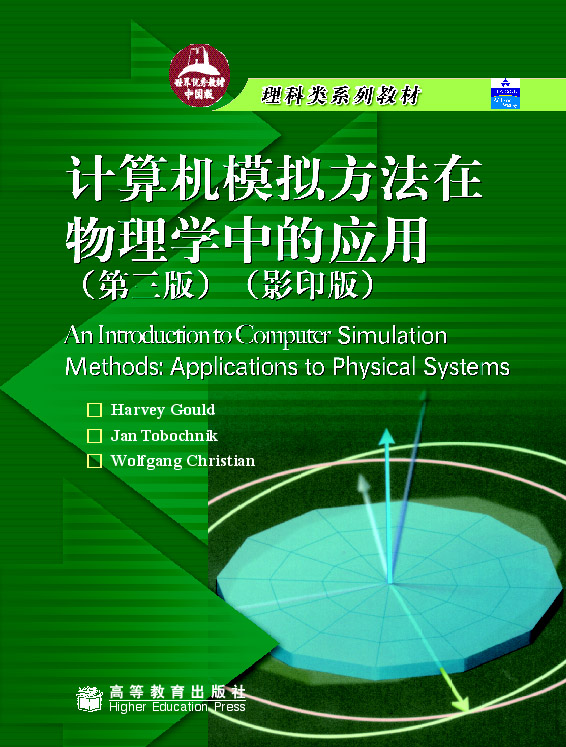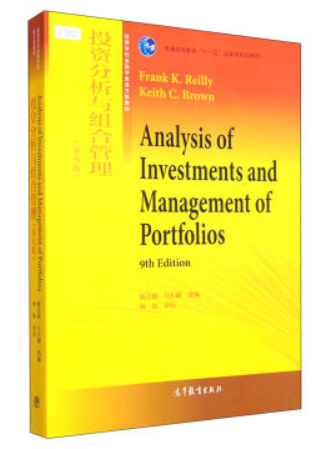卫生检验与检疫专业英语(附数字课程)
作者: 李敏,楼永良
出版时间:2023-11
出版社:高等教育出版社
- 高等教育出版社
- 9787040605297
- 1版
- 470869
- 40261473-9
- 16开
- 2023-11
- 320
- 医学
- 基础医学类
- 医学
- 本科
本书共24章,主要介绍分析化学、仪器分析、微生物学检验、理化检验、流行病学、实验室安全等领域的专业基础知识与技术。教材第一模块为绪论,第二模块为专业词汇特征与结构分析,第三与第四模块介绍了微生物与理化检验知识,第五与第六模块讨论了检疫与实验室安全等内容。本书的特色在于围绕专业与人才培养理念和需求,从英语听、说、读、写结合的角度,分专题详细介绍专业领域方面的应用。
本书结构新颖、逻辑清晰,启发性与引导性较强,可供卫生检验与检疫、医学检验技术、预防医学等专业教师与学生使用,也可作为相关专业研究人员的参考书。
前辅文
PART Ⅰ Introduction
Chapter 1 Overview of Health Inspection and Quarantine
1.1 Concept and Significance of HIQ
1.2 Brief History of HIQ
1.3 Prospect of HIQ in China
Chapter 2 Health Management
2.1 Overview of Health Management
2.2 Basic Strategy of Health Management
2.3 Basic Process of Health Management
2.4 Community Health Management
2.5 School Health Management
PART Ⅱ Terminology
Chapter 3 Medical Terminology
3.1 Introduction to Medical Terminology
3.2 The Basic Elements and Composition of Medical Terms
3.3 Construction of Medical Terms
Chapter 4 Technical Terminology
4.1 Introduction to Terms of HIQ
4.2 Common Terms in Health Physicochemical Analysis
4.3 Common Terms in Sanitary Microbiology
Chapter 5 Exercises in Terminology
5.1 Terms Exercises in Medical Terminology
5.2 Terms Exercises in Health Physicochemical Analysis
5.3 Terms Exercises in Sanitary Microbiology
PART Ⅲ Microbiology
Chapter 6 Instruments for Microbiological Detection
6.1 Polymerase Chain Reaction
6.2 Matrix-Assisted Laser Desorption Ionization-Time of Flight Mass Spectrometer
Chapter 7 Disinfection and Sterilization
7.1 Terms for Disinfection and Sterilization
7.2 Methods of Disinfection and Sterilization
7.3 Commonly Used Disinfectants and Sterilants
7.4 Factors Affecting Disinfection and Sterilization Effect
Chapter 8 Mycobacterium Tuberculosis and Examination
8.1 Introduction to Mycobacterium Tuberculosis
8.2 Laboratory Examination
8.3 Prevention and Treatment
Chapter 9 Respiratory Tract Infection Viruses and Their Detection
9.1 Influenza Virus
9.2 Human Respiratory Syncytial Virus
9.3 Coronaviruses
9.4 Human Metapneumovirus
9.5 Human Parainfluenza Virus
9.6 Human Rhinovirus
Chapter 10 HIV Infection and Laboratory Detection
10.1 The Morphology and Structure of HIV
10.2 HIV Genome and Function of Its Expressed Proteins
10.3 Mechanism of HIV Infection and Virus Replication
10.4 Epidemiology of HIV
10.5 Clinical Manifestations
10.6 Collection and Preservation of HIV Samples
10.7 HIV Laboratory Testing
10.8 HIV Prevention and Treatment
Chapter 11 Food Microorganism
11.1 Factors Influencing Microbes in Foods
11.2 Types and Sources of Common Food Microorganisms
11.3 Microorganisms Causing Food Spoilage in a Variety of Common Foods
11.4 Microorganisms for Food Poisoning
11.5 Detection of Microbes in Food
11.6 Prevention Strategies of Food Microbial Contamination
Chapter 12 Microorganism of Public Places
12.1 Introduction of Public Places
12.2 Sources and Types of Microorganisms in Public Places
12.3 Sample Collection, Inspection Methods and Hygienic Standards for Microorganism of Public Places
12.4 Prevention and Control of Microbial Contamination in Public Places
PART Ⅳ Physicochemical Analysis
Chapter 13 Instruments and Operation
13.1 Overview of Physicochemical Analysis and Related Instruments
13.2 Introduction to Electrochemical Analysis
13.3 Introduction to Spectrometer
13.4 Introduction to Chromatography
13.5 Introduction to Mass Spectrometry
Chapter 14 Nutrients and Harmful Substances Examination
14.1 Introduction to Food Nutrients and Harmful Substances
14.2 Food Sample Collection
14.3 Determination of Nitrogen (Total) in Milk by Kjeldahl Method
14.4 LC-MS/MS Method for Multiple Pesticide Residues in Foods of Plant Origin
Chapter 15 Air Physicochemical Analysis
15.1 Introduction
15.2 Air Pollution
15.3 Air Sampling and Storage
15.4 Analyses of Air Pollutants
15.5 Air Monitoring for Occupational Health
15.6 Air Pollution and Health
Chapter 16 Examination of Metals in Drinking Water
16.1 Introduction to Metals in Drinking Water
16.2 Sampling of Drinking Water and Storage of the Water Sample
16.3 Examination of Metals in Drinking Water
Chapter 17 Determination of Hippuric Acid and Methylhippuric Acid in Urine by HPLC
17.1 The Significance of Determination of Hippuric Acid and Methylhippuric Acid in Urine
17.2 Collection and Preservation of Urine Samples
17.3 Determination of Urine Specific Gravity and Urinary Creatinine
17.4 Determination of Urinary HA and MHA
Chapter 18 Physicochemical Determinantion of Cosmetics
18.1 Overview of Cosmetics Testing
18.2 Sampling Method of Cosmetics
18.3 Sensory Inspection of Cosmetics
18.4 Detection of General Physical and Chemical Test Indicators of Cosmetics
18.5 Detection of Special Chemical Components of Cosmetics
PART Ⅴ Sanitary Quarantine
Chapter 19 Epidemiology in Sanitary Inspection
19.1 Introduction
19.2 The Descriptive Study
19.3 Cohort Study
19.4 Case-Control Study
19.5 Experimental Epidemiology
19.6 Epidemiology of Infectious Diseases
Chapter 20 Basic Theory of Health Inspection and Quarantine
20.1 Public Health Risk of Health Quarantine Concern
20.2 Public Health Risk Screening Process
20.3 Public Health Risks Prevention and Control
20.4 The Cases of Basic Theory of HIQ
Chapter 21 Travel Health
21.1 Introduction
21.2 Travel Consultation
21.3 The Relationship Between Health and Climate Change
Chapter 22 The Port Inspection and Quarantine
22.1 Overview of International Health Regulations
22.2 Overview of the Frontier Health and Quarantine in China
22.3 Entry and Exit Health Quarantine Inspection of China
PART Ⅵ Lab Management
Chapter 23 Accreditation and Certification of Laboratory
23.1 Overview of Laboratory Evaluation System
23.2 Mandatory Approval
23.3 Laboratory Accreditation
Chapter 24 Biosafety
24.1 Biological Risk Assessment
24.2 An Approach to Assessing Risks and Selecting Appropriate Safeguards
24.3 Principles of Biosafety
24.4 Biosafety Levels
24.5 Good Microbiological Practice and Procedure
24.6 Biosafety and Biosecurity
24.7 Transportation of Infectious Substances
References








